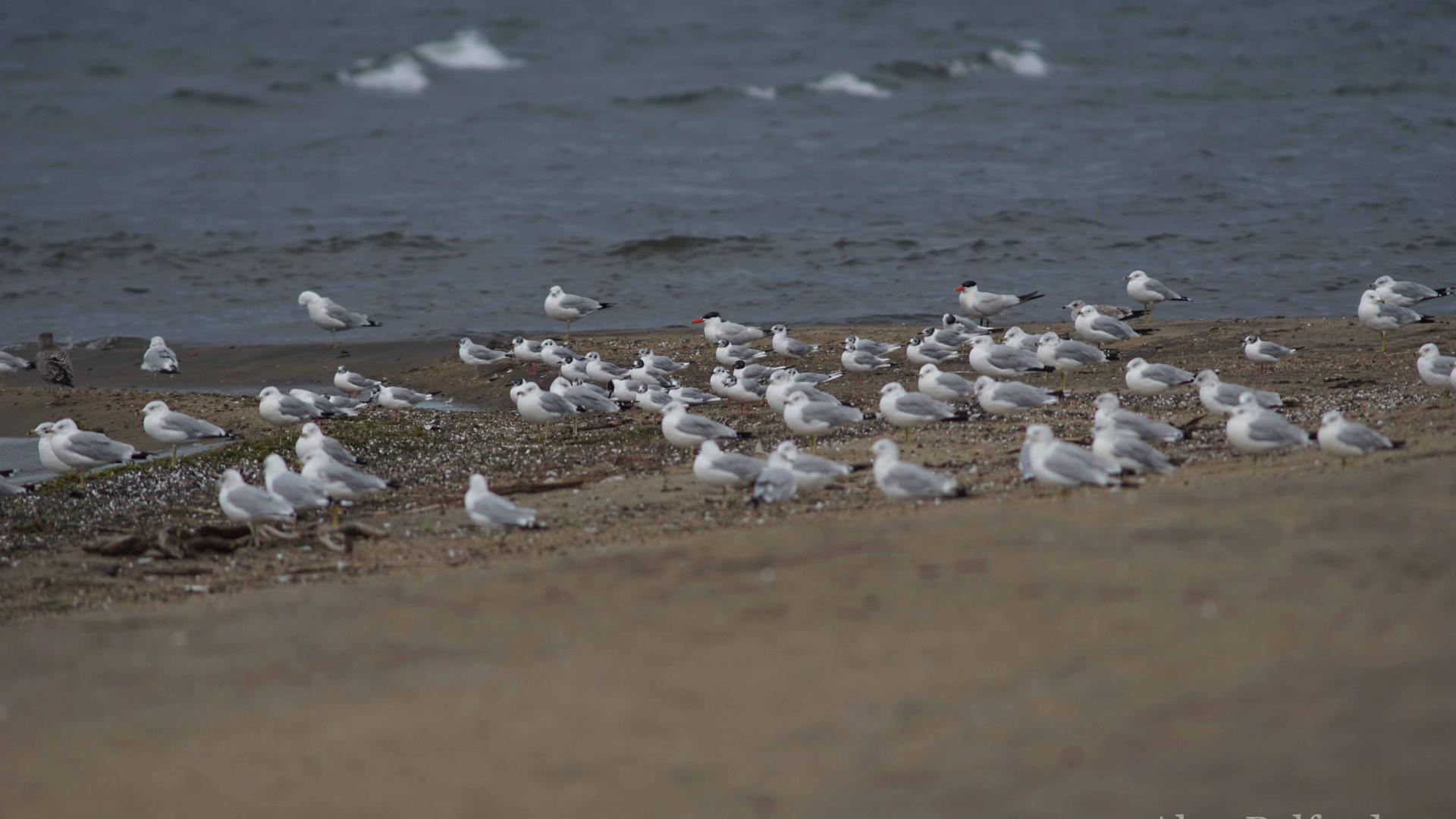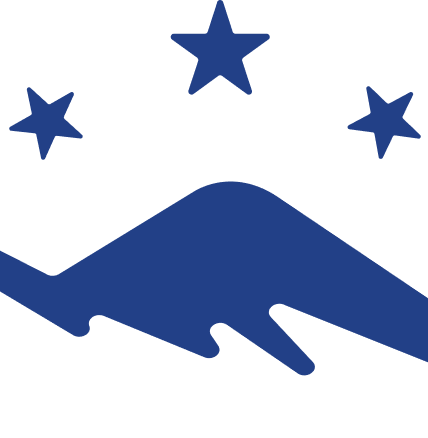A summer front with birds on the move
With one of the first cold fronts of the season pushing through this past weekend, it was time to head to the Champlain Valley and see what migrating birds I could find. After all, shorebirds had been popping up in the region for a few days before our trip, including a Short-billed Dowitcher in Westport and a Red-necked Phalarope at Crown Point. There had also been a Little Gull hanging out with the Bonaparte’s Gulls on the sand spit at Noblewood Park.
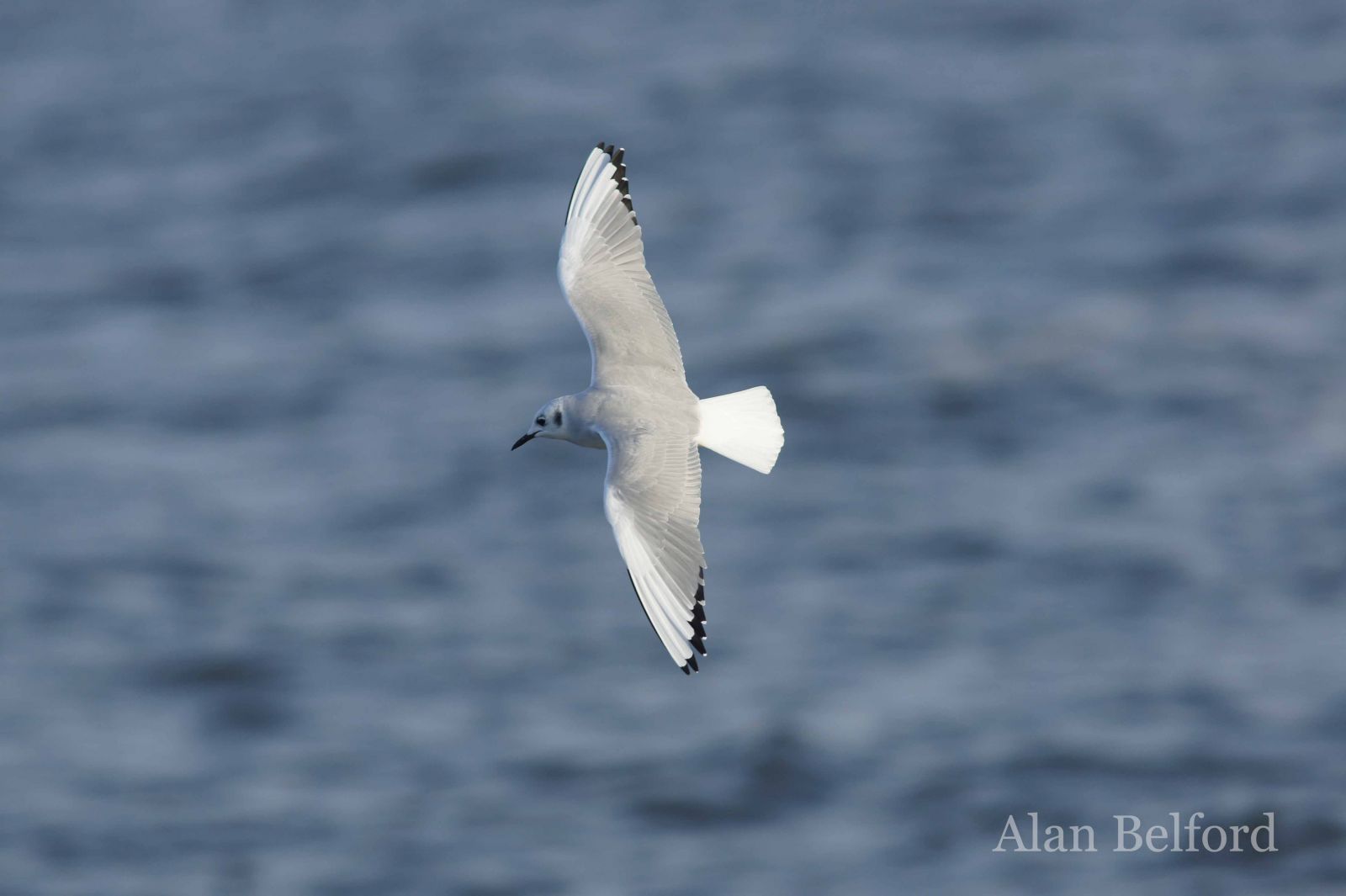
Westport to Crown Point
I began my day at Westport where the small sand bar and the pools at the mouth of Hoisington Brook have been attracting shorebirds of late. Earlier in the day a friend of mine had found a Short-billed Dowitcher there, but the bird was gone by the time I arrived. That’s how migration goes – on a day with strong north winds, the birds may only stopover briefly and then keep moving south. But I did note a few shorebirds during my stop – including a couple Semipalmated Sandpipers, two Lesser Yellowlegs, and several Killdeer. There were also other waders like Great Blue Herons.
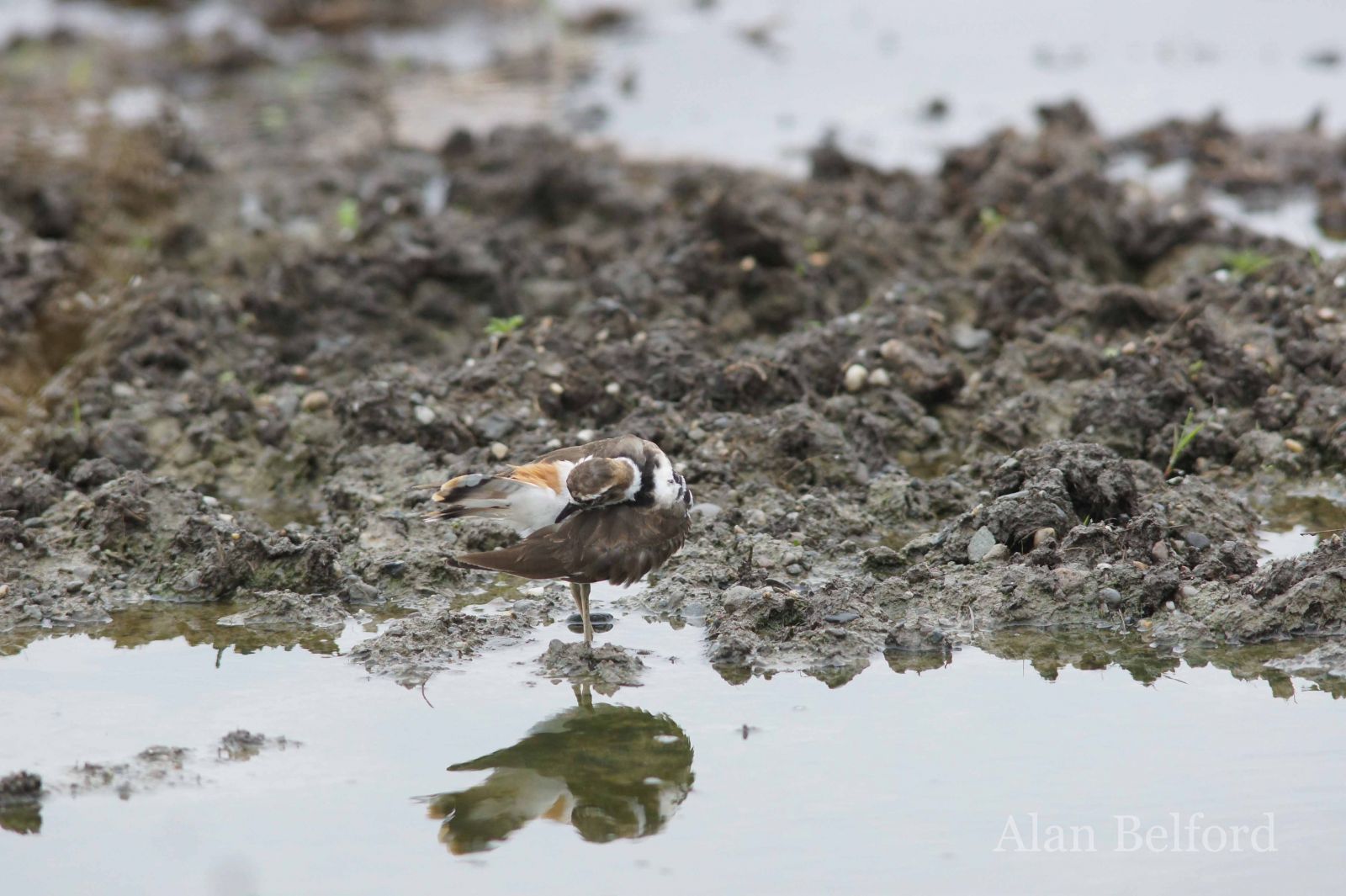
I drove down to Port Henry where I walked in the stiff wind along the pier in search of anything that wind was pushing south. The water was much more active further south on Bulwagga Bay, which I scoped from the overlook by the Johnny Podres sign south of town. I could see lots of Double-crested Cormorants and gulls on the Crown Point breakwater, as well as many feeding actively in the water. More impressive than these were the swallows which seemed to be everywhere directly over the water, like the swarm of insects they were scooping up in their large mouths – the bay must have been somewhat sheltered from the wind for the feeding to be that good. I quickly found Barn, Tree, and Bank Swallows and then decided to drive around to Crown Point to see if we could get a close view of some of the birds.
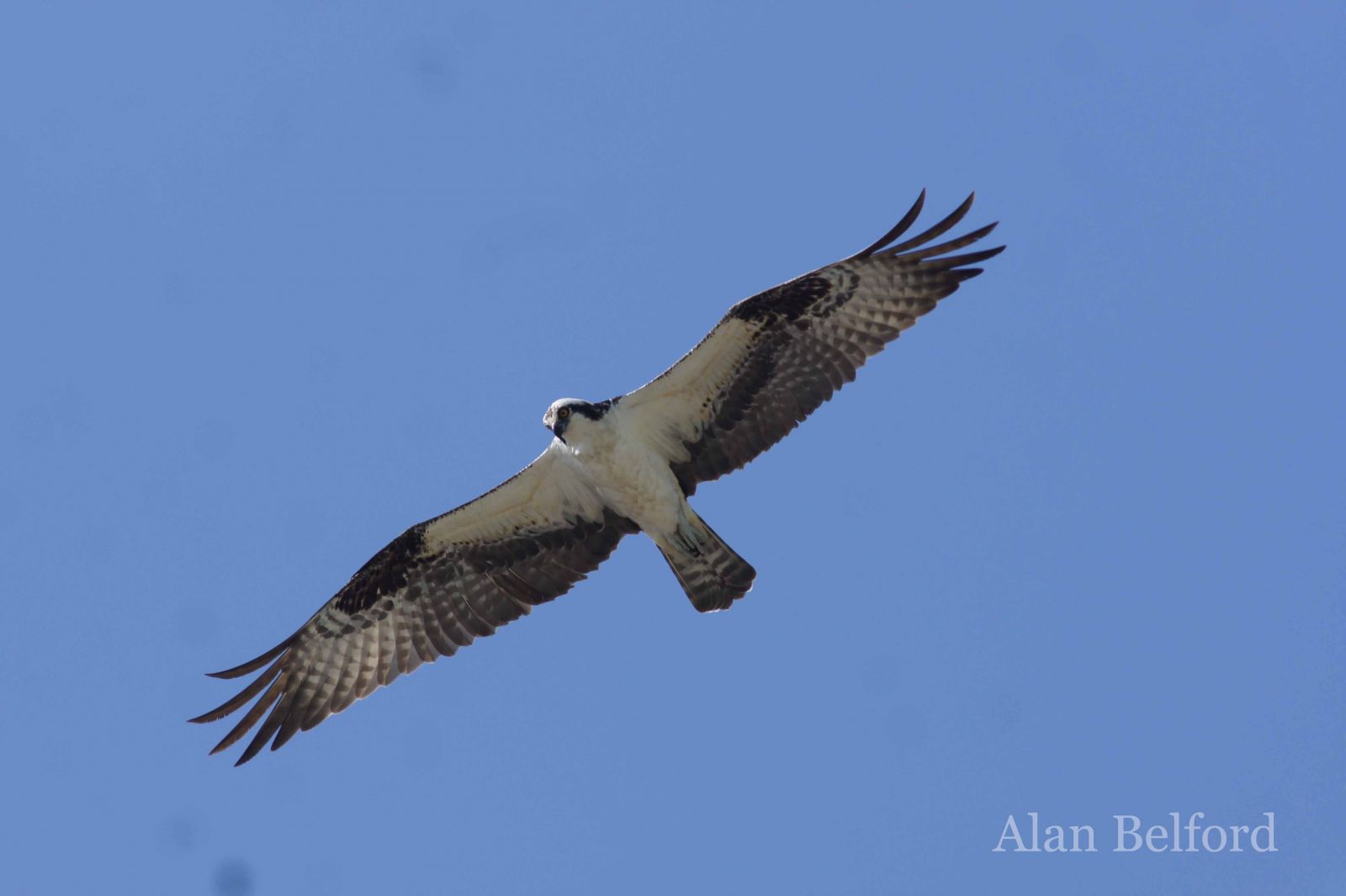
Crown Point itself was quite windy and largely quiet as a result, but I enjoyed a walk there finding species like Osprey, Bald Eagle, and Eastern Kingbird as I went – the latter twittering loudly as they chased each other. Once again I scoped the water to see if anything was moving on it. After all, aquatic species will be migrating on such north winds this fall before you know it. After a quick stop over the bridge in Vermont for some ice cream (always a good stop!), I began to reverse our route back to New York and then north along the lakeshore.
I stopped at a few of the places I had hit on the way down, including Hoisington Brook – there can be a lot of turnover of birds at such places on these days. But I mostly found the same mix of species I saw earlier in the day and I continued on to the Magic Triangle, where I walked a few roads and hedgerows in search of migrants. The windy conditions made it difficult for finding songbirds which stayed hunkered down, but I still noted species like Common Yellowthroat, Indigo Bunting, and Savannah Sparrow, as well as an American Kestrel, and Swamp Sparrows and Marsh Wrens at Webb Royce Swamp.
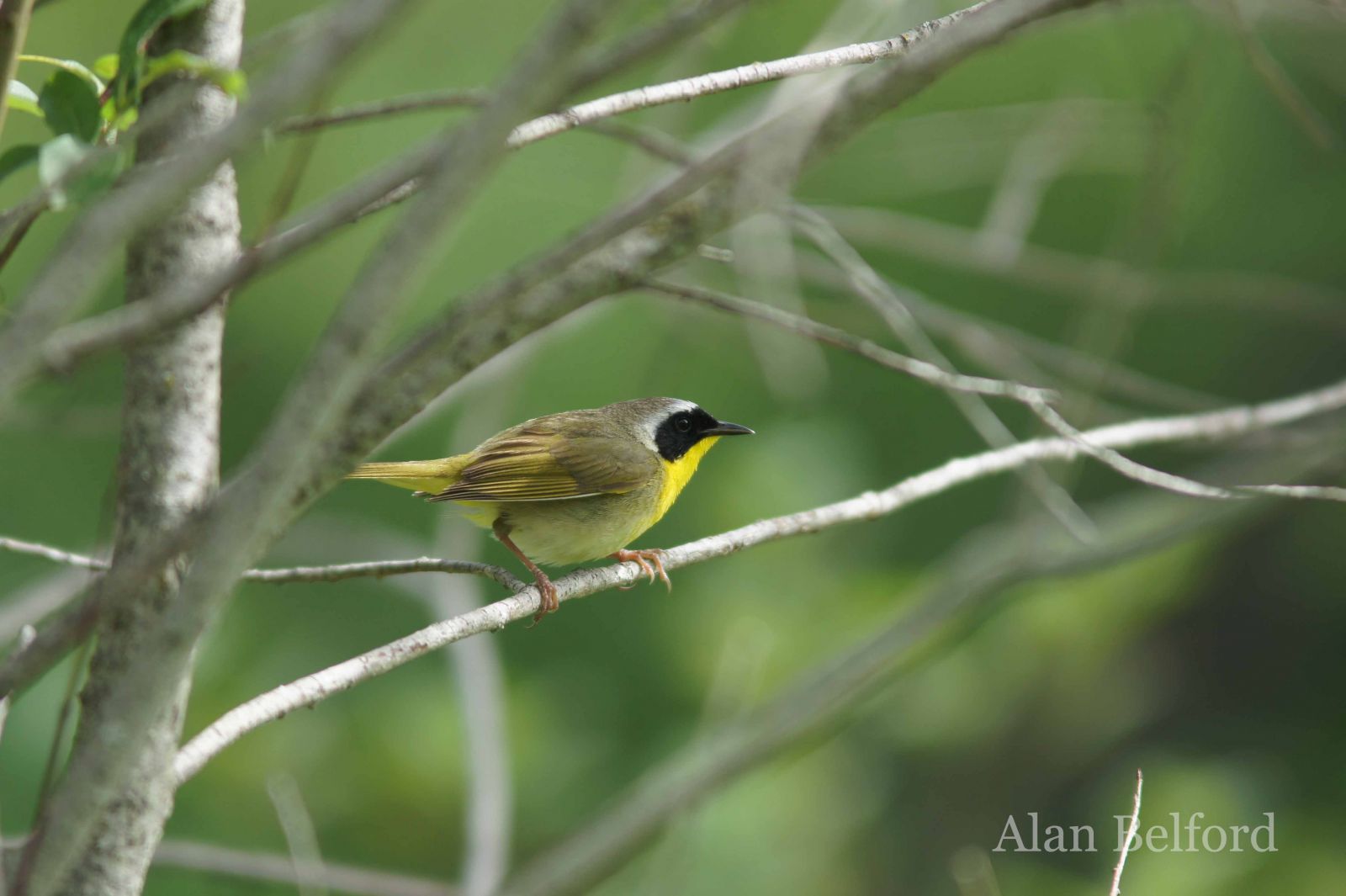
Ending the day at Noblewood Park
From there I went to Noblewood Park in Willsboro – one of the best birding sites in the entire Champlain Valley and one of the top places to bird on a day with such north winds. Earlier that day folks had found a couple Short-billed Dowitchers at the mouth of the Boquet River, as well as brief stop-ins by a couple Black-bellied Plovers and a lone American Golden Plover. But no one had seen the Little Gull which had been frequenting the sand spit. That’s the luck of birding – the winds that bring birds to us can also whisk them away.
I was reminded of this fact as I didn’t find any of the previously reported species. But the late afternoon and early evening were beautiful, and I scoped the water and the north side of the Boquet.
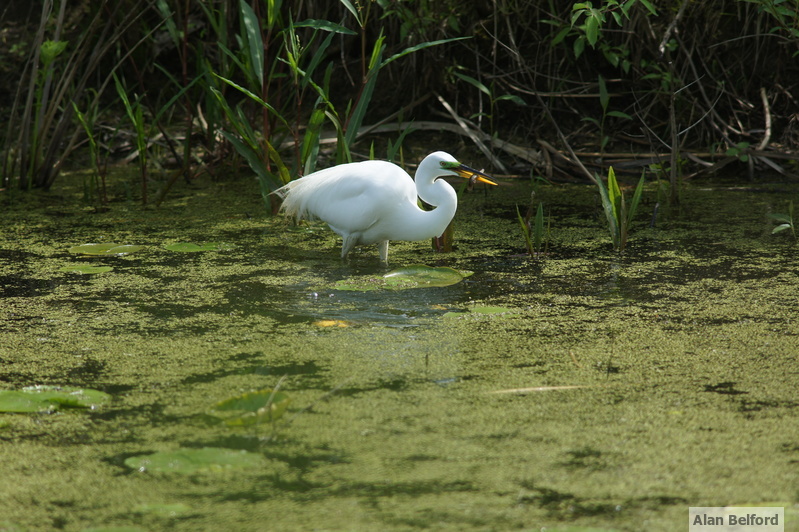
And so I found a few Greater Yellowlegs and several Lesser Yellowlegs in the pools on the north side of the Boquet, as well as a few Sanderlings, Semipalmated Sandpipers, and Least Sandpipers on the sand bars. I also scoped through the gulls on the sand spit, finding Herring, Ring-billed, Great Black-backed, and a nice collection of Bonaparte’s Gulls, as well as several Caspian Terns. But the Little Gull failed to make an appearance – it may still be in the lake valley somewhere, and more Little Gulls will likely arrive as the numbers of Bonaparte’s Gulls increase.
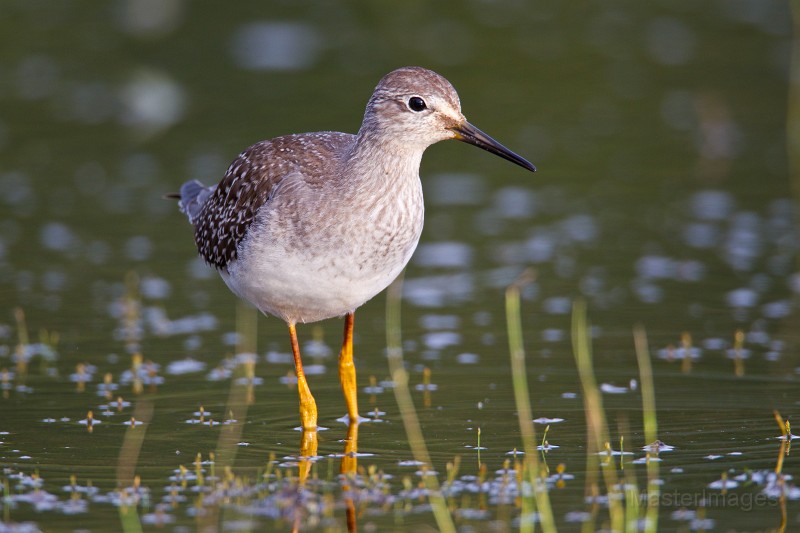
But even with missing a species or two which I had hoped to see, I didn’t want to leave. The breeze and the soft sound of the lapping waves were mesmerizing, and it was a peaceful place to stand and simply take in – watching the mountains in Vermont become blue and purple in the late daylight. Lines of Double-crested Cormorants flew over the water as they sought their evening roost, and a Great Egret glided in to fish in the shallows along the Boquet while an Osprey cruised quietly above us in contrast to a chattering Belted Kingfisher along the river.
I felt like I could have stayed there all night. But after one final scan through the birds, I reluctantly walked back up the hill to the car and headed home. There will be more fronts passing through with birds this summer and this coming fall, and I’ll certainly be back with Wren, my dog. And for good measure I added one final shorebird as I drove home – this time an American Woodcock – which flew overhead in the evening shadows.
Late summer and early fall offer great birding and a chance to explore the outdoors in the Champlain Valley. Don’t miss out! Plan your trip today by checking out our lodging and dining pages.

